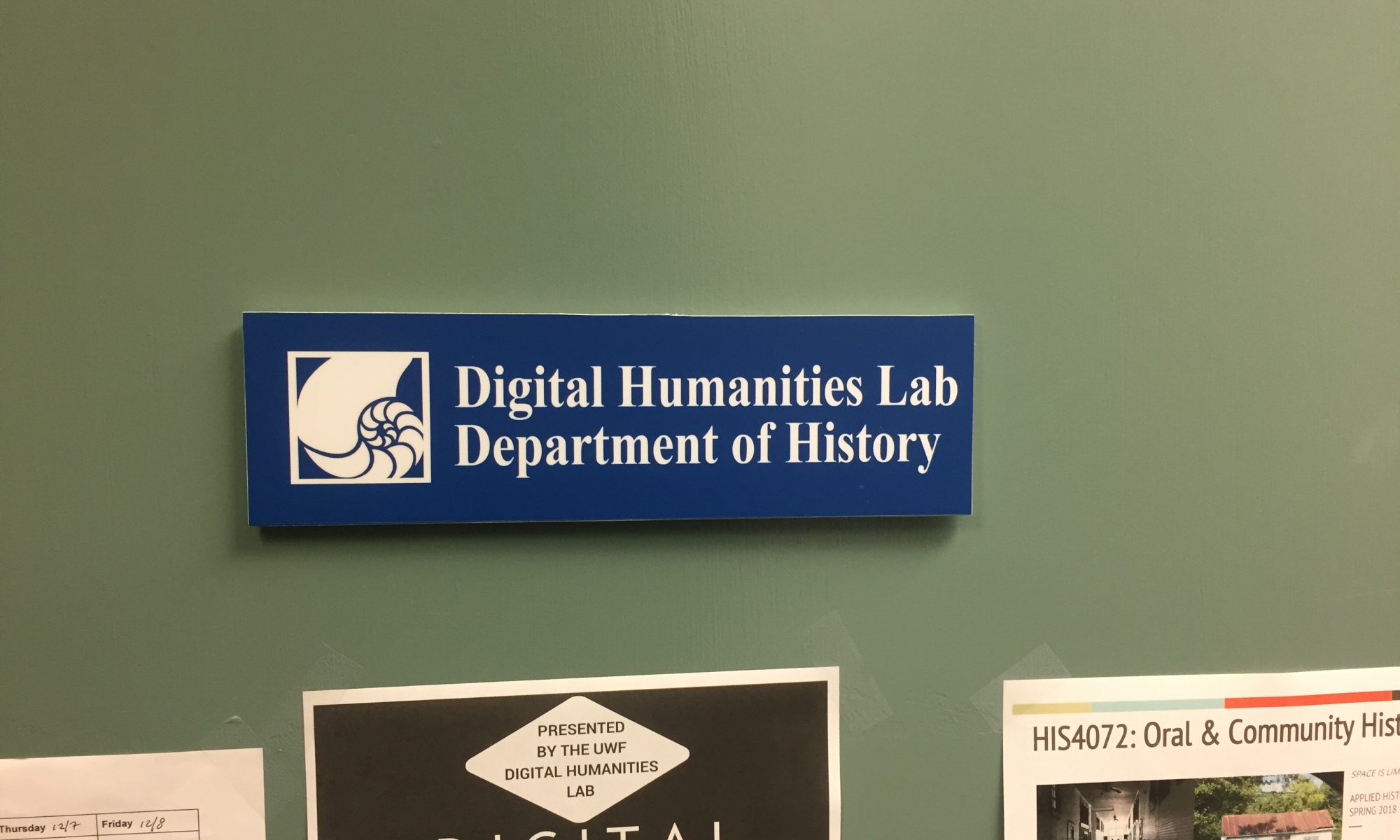The Escambia County Coastal Heritage Survey web portal provides you direct access to our growing inventory of the region’s intertwined natural and cultural resources. There are three primary ways to engage the inventory:
- Open the Interactive Map and filter the data spatially, temporally, and thematically to suit your interests
- Explore the Landscapes compiled by our team of researchers
- Join the Conversation by contributing your memories, suggestions, images, and historical documents to the survey
Interactive Map
The interactive visualization program, Prospect, allows users to apply a variety of filters depending on individual interest. The map and timeline portion of the website compiles the data gathered by the researchers into an intuitive interface, breaking down the information into digestible components. From themes to keywords, exploring the map is informative and fun while providing an excellent way to gain a broader understanding of Escambia’s coastal heritage. For directions on how to best use the interactive visualization, click here.
Landscapes
The wealth of information available in this survey helps answer – and raise – important questions about cultural heritage in Escambia County. Community organizations, neighborhood groups, and city officials exploring the inventory can discover a wealth of historical information about their own backyards. The data also allows environmental scientists and preservationists to better understand historic trends in land use, particularly through the timeline feature. The survey intends to answer questions about Escambia’s cultural heritage, such as changes over time and what exists on the landscape. The variety of filters available using Prospect allows for users to raise different questions as well, like why some sites are clustered in a specific area or what caused a rapid growth in a single type of site. Through spotlights on specific sites or events, users can take a deeper look at coastal history. Hurricanes, lighthouses, quarantine stations, and hotels created an indelible mark upon the community. These examples of heritage sites identify key shaping forces as well as continuities among the different landscapes explored in the survey. Take a moment to visit the Landscapes tab located at the top, where you can learn more about what makes Pensacola a unique heritage location.
Join the Conversation
Communication is a crucial aspect of this project. The inventory collects information about previously unrecognized sites or events in Pensacola. To do this, researchers relied primarily on archival material but one of the best sources of information is you. The project developed with public outreach in mind, hoping to invite community members to engage with the resources discovered through this survey. The Join the Conversation tab is located along the top menu bar. We invite anyone with feedback, comments, suggestions, or stories to get in touch. Your contributions to the survey serve to create a better and more complete understanding of Pensacola’s history.
